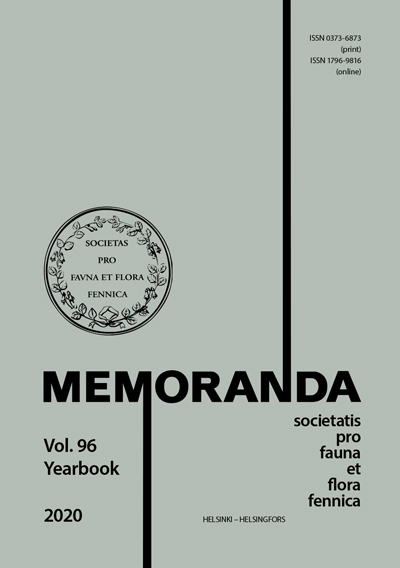Polyhistorian Arthur Thesleff, the visionary mycologist
Abstract
Arthur Thesleff became acquainted with various fields in his research. He is best known worldwide as an expert on Romani people’s culture, being the president of the International Gypsy Lore Society 1911–1913. He is also known for setting up a Finnish colony (Colonia Finlandesa) in Misiones, Argentina. In particular, maté (Ilex paraguariensis) was cultivated. At most 112 immigrants lived in the area, but the soil was not suitable for agriculture and the project failed.
A less well-known fact is that Thesleff was a skilled mycologist. He identified 770 species of fungi from the Vyborg area (Russia today) in southeastern Finland. At that time, 1 100 species of fungi were known from Finland. Most notably, in his main work in 1920, he studied the fungal species at 24 different habitat types at different times of the year. He also studied the decomposers of trees and fungi separately. In addition, he considered, among other things, the colours of fungi, the spread of fungi and the effect of climate on fungal growth. Because the study was published in Swedish, it did not become widely known.




